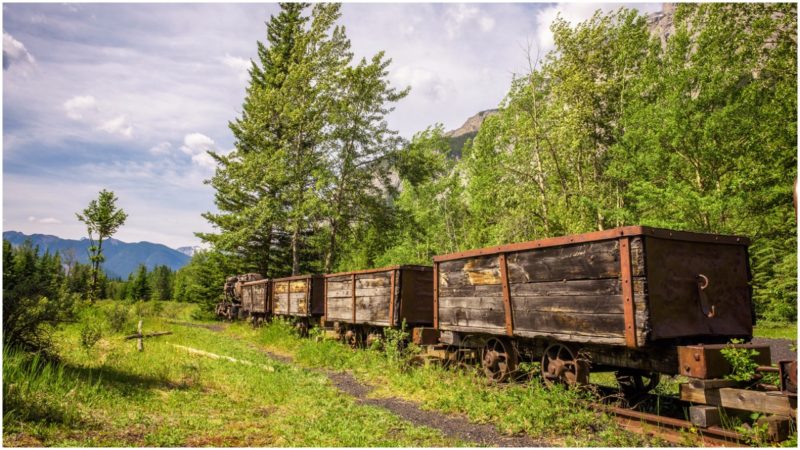Up in the mountains of Banff National Park in Canada lies the small, abandoned mining town of Bankhead. Nicknamed a twenty-year town by historians, Bankhead was once home to a thousand residents, of which three hundred worked as miners in the nearby coal mine. This little mining community supplied 500 to 600 tons of coal per day to be used by the Canadian Pacific Railway coal trains.
Excavation and removal of coal began in 1903. The town was built by the mining company that owned the mines and rented the houses to its workers. The main resource excavated from the was anthracite coal.
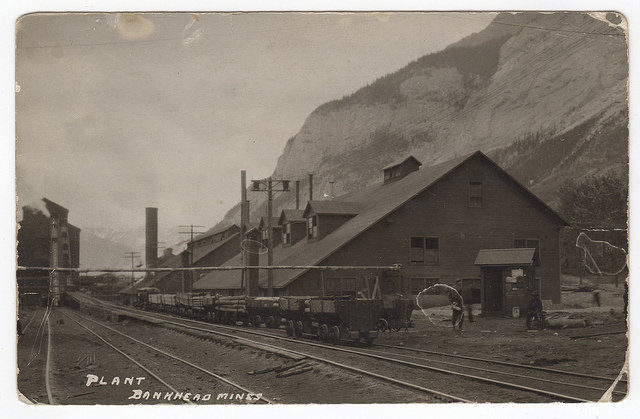
The deposits that they found were so rich that the miners produced around 200,000 tons of coal per year. Even though the mine was loaded with coal deposits, some of the reserves were very awkwardly placed for excavation. To get to them, miners had to dig extremely long tunnels, the longest one being 185 miles (around 300 km).
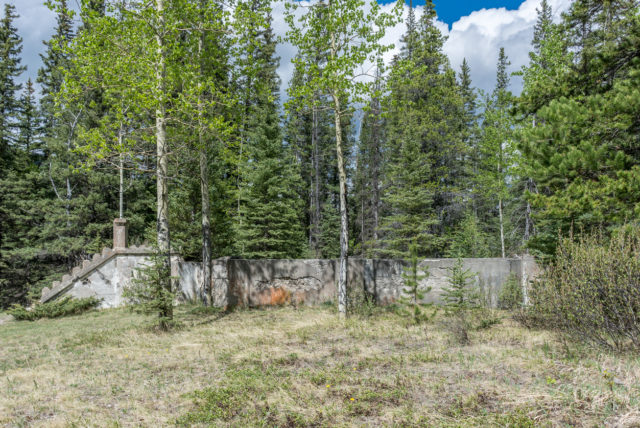
The town had everything a small town needed at the beginning of the 20th century. It had a police barracks, saloons, inns, a pool hall, a hotel, a recreational hall, several churches, and even a small Chinatown quarter.
Coal was the reason for both the birth and death of Bankhead. In its final years of operation, the anthracite coal quality diminished drastically. A historical brochure written by engineers of the Canadian Pacific Railroad described the quality of the coal, “As soon as it was exposed to air, it began to crumble,” and “nearly half of it was classified as ‘dust.'” Realizing their position and future, two months before the complete closure of the mine, the workers went on strike. The strike lasted until an announcement was published in the local newspaper that the mines of Bankhead would be closed on June 17 in 1922 and that the miners should not bother to return to work.
The miners and their families moved the same year and the town was soon empty. This is the reason for the town’s nickname of a twenty-year town (1902-1922). The mining company started to tear down the houses leaving almost nothing of the previous town behind except for its foundations. There is a story about the last person that lived in the town of Bankhead. He was a Danish caretaker and was responsible for guarding the last four remaining houses in the abandoned town and ensure that no looters came to steal the things that had been left behind.
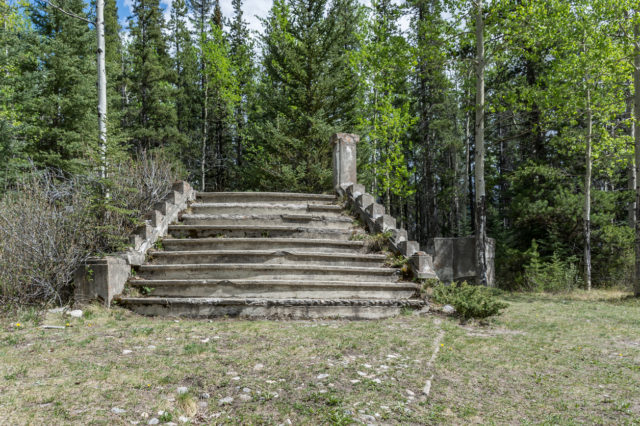
In the last decade, Park Canada has taken care of the ghost town as part of Banff National Park. They rediscovered and marked the trails leading in, around, and out of the town. Several metal plaques are positioned around the town explaining what is what and where things used to be, making it more attractive and approachable for tourists and ghost town explorers. Visitors can walk to Lower Bankhead (the mine site) and Upper Bankhead (the residential area) and see what is left, explore the ruins, and walk around the scattered remains of what once were homes.
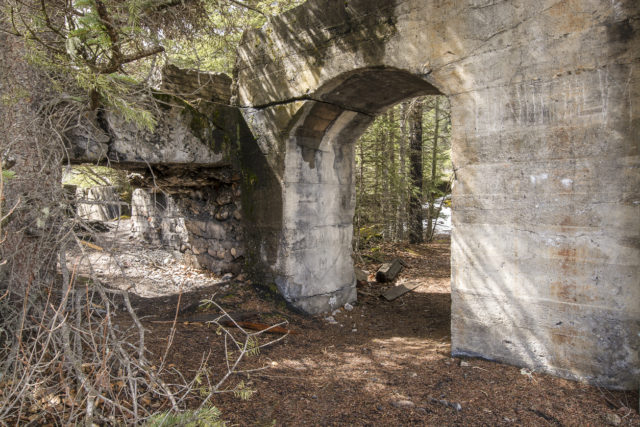
The Bankhead Railway Station was moved to the grounds of the Banff Hostel up on Tunnel Mountain Road. On the front door, there is a map of the ex-township of Bankhead. Only one of the residential buildings is left intact and has been furnished inside in the way that all the residences would have been when the town was populated. Although the doors are locked to protect the house, curious visitors are encouraged to peek through the windows to see the exhibit.
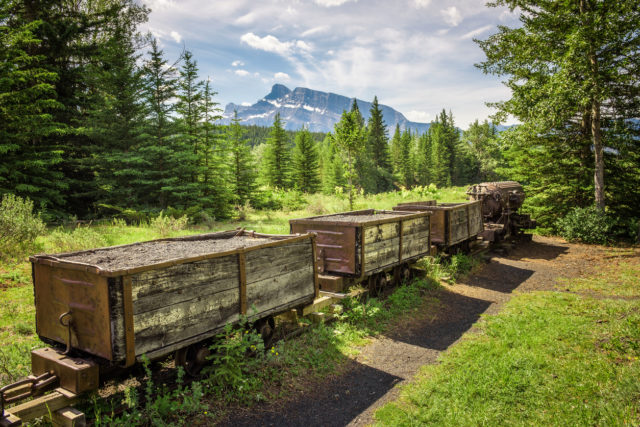
There is another historical and educational exhibit in the old transformer building. It is a fascinating presentation of information about the town, including the mining operations, community life, and the area’s geology, etc.
